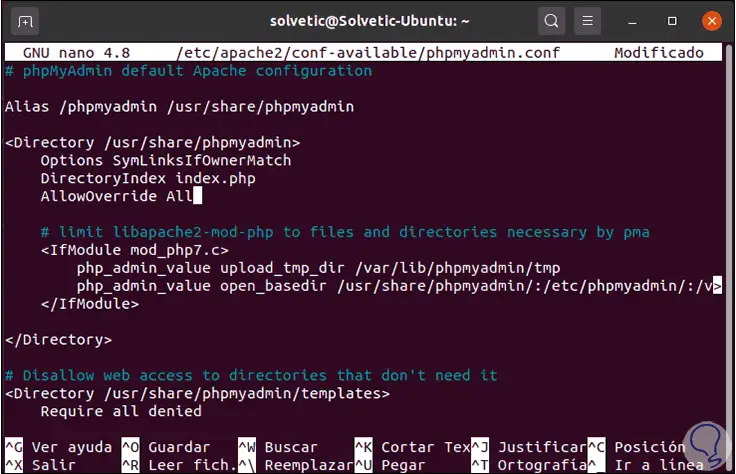

- #Launch phpmyadmin ubuntu how to
- #Launch phpmyadmin ubuntu install
- #Launch phpmyadmin ubuntu archive
- #Launch phpmyadmin ubuntu software
- #Launch phpmyadmin ubuntu password
The main configuration file is /etc/phpmyadmin/. The configuration files for phpMyAdmin are located in /etc/phpmyadmin.
#Launch phpmyadmin ubuntu password
Once logged in you can reset the root password if needed, create users, create/destroy databases and tables, etc. At the login, page enter root for the username, or another MySQL user, if you have any setup, and enter the MySQL user’s password. In a browser go to replacing servername with the server’s actual hostname. The rest of this section will use Apache2 for the web server.
#Launch phpmyadmin ubuntu install
From a terminal prompt enter: sudo apt install phpmyadminĪt the prompt choose which web server to be configured for phpMyAdmin. For more information see MySQL documentation. Installationīefore installing phpMyAdmin you will need access to a MySQL database either on the same host as that phpMyAdmin is installed on, or on a host accessible over the network. Written in PHP, and accessed through a web browser, phpMyAdmin provides a graphical interface for database administration tasks. PhpMyAdmin is a LAMP application specifically written for administering MySQL servers.
#Launch phpmyadmin ubuntu how to
This section covers how to install some LAMP applications. Depending on the application some extra configuration and setup steps may be needed, however. When a new version is released, the same process used to install the application is needed to apply updates.įortunately, a number of LAMP applications are already packaged for Ubuntu, and are available for installation in the same way as non-LAMP applications. Another larger disadvantage is updating the application. Once the steps above, or similar steps, are completed you are ready to begin using the application.Ī disadvantage of using this approach is that the application files are not placed in the file system in a standard way, which can cause confusion as to where the application is installed. Run a script, or browse to a page of the application, to install the database needed by the application. Unpack the archive, usually in a directory accessible to a web server.ĭepending on where the source was extracted, configure a web server to serve the files.Ĭonfigure the application to connect to the database.
#Launch phpmyadmin ubuntu archive
To install a LAMP server:Īt a terminal prompt enter the following command: sudo tasksel install lamp-serverĪfter installing it you’ll be able to install most LAMP applications in this way:ĭownload an archive containing the application source files. Tasksel is a Debian/Ubuntu tool that installs multiple related packages as a co-ordinated “task” onto your system. The fastest way to get started is to install LAMP using tasksel. While Nginx, Cherokee and Lighttpd can replace Apache. Python, Perl, and Ruby are also frequently used instead of PHP. Popular substitutes for MySQL include PostgreSQL and SQLite. One advantage of LAMP is the substantial flexibility for different database, web server, and scripting languages.
#Launch phpmyadmin ubuntu software
Some popular LAMP applications are Wiki’s, Content Management Systems, and Management Software such as phpMyAdmin. There is a plethora of Open Source applications written using the LAMP application stack. LAMP installations (Linux + Apache + MySQL + PHP/Perl/Python) are a popular setup for Ubuntu servers.

Select the web server that you have installed. You will be asked which server to automatically configure phpMyAdmin for. Install the current version of phpMyAdmin: sudo apt-get install phpmyadmin Restart Apache: sudo service apache2 restart

Install the mcrypt PHP module: sudo apt-get install mcrypt SSL Certificates with Apache on Debian & Ubuntu guide. Set up Apache with SSL, so your passwords will not be sent over plain text. Suhosin phpMyAdmin Compatibility Issues page for more information about tuning and workarounds. If you have installed the php-suhosin package, there are some known issues when using phpMyAdmin.


 0 kommentar(er)
0 kommentar(er)
